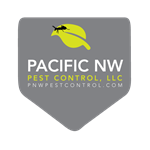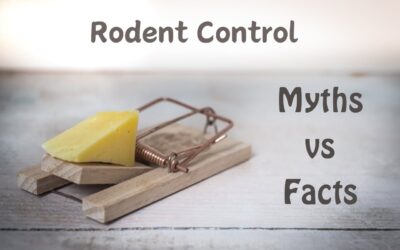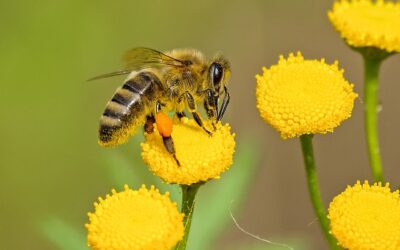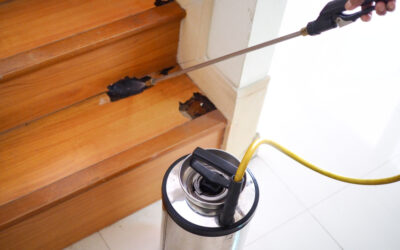As the Pacific Northwest transitions from winter to spring, many homeowners eagerly embark on their annual spring cleaning routines. While the primary goal is to refresh and organize the home, it’s also an opportune time to address pest control and prevent unwanted visitors from invading your living space. In this comprehensive guide, we will explore effective spring cleaning strategies specifically tailored to pest control in the Pacific NW to help you maintain a pest-free home this spring.
Assessing The Situation: Identifying Pest Hotspots
Before diving into your spring cleaning routine, it’s essential to identify potential pest hotspots in and around your home. Inspect areas such as the kitchen, pantry, bathroom, basement, and attic for signs of pests, including droppings, chewed materials, or nesting sites. Additionally, examine the exterior of your home for cracks, gaps, or any other entry points that pests might exploit. By identifying these problem areas, you can focus your cleaning efforts and take proactive measures to prevent pests from gaining access to your home.
Decluttering and Organization: Pest Prevention Starts Here
Pests thrive in cluttered environments where they can find shelter and food sources. Start your spring cleaning by decluttering and organizing your home. Remove unnecessary items, clean out closets, and eliminate clutter from countertops, floors, and storage areas. By reducing clutter, you eliminate hiding spots for pests, making it more challenging for them to establish infestations. Additionally, proper organization allows for easier inspection and regular cleaning, enabling you to detect and address any pest issues promptly.
Thorough Cleaning: Targeting Pest Hideouts
A deep and thorough cleaning is an essential step in pest control. Pay close attention to areas where pests commonly hide and seek food, such as the kitchen and pantry. Clean all surfaces, including countertops, cabinets, and appliances, using mild soap or vinegar solutions. Be sure to eliminate crumbs, spills, and food debris, as these can attract pests like ants, cockroaches, and pantry moths. Regularly vacuuming floors, rugs, and upholstery can also help remove potential food sources and pests’ eggs.
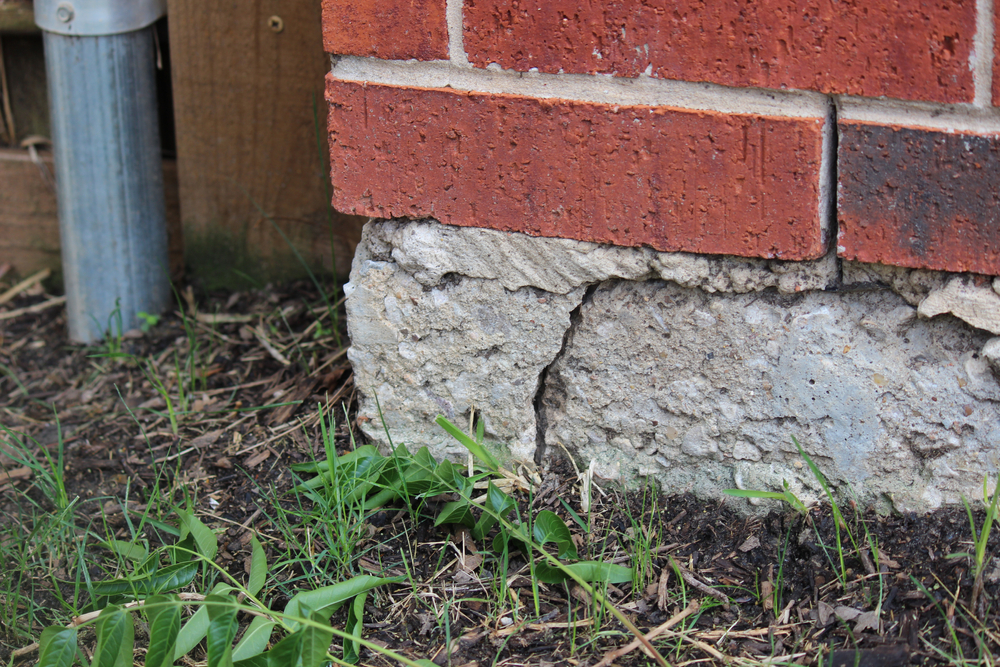
Sealing Entry Points: Keeping Pests Out
The Pacific NW is home to various pests, including rodents, ants, spiders, and other insects so preventing them from entering your home is key to effective pest control. Inspect the exterior of your home for cracks, gaps, or holes that pests can use as entry points. Seal any openings using caulk or weatherstripping, paying particular attention to areas around windows, doors, pipes, and utility lines. Ensure that door sweeps are installed properly to prevent pests from sneaking in underneath doors. By sealing entry points, you create a barrier that deters pests and reduces the likelihood of infestations.
Outdoor Maintenance: Deterring Pests from Your Property
Pests often originate from outdoor areas before finding their way indoors. Taking preventive measures to deter pests from your property can significantly reduce the risk of infestations. Trim back tree branches and shrubs that touch or overhang your home, providing convenient bridges for pests to access your house. Clean gutters regularly to prevent moisture buildup, which can attract pests like mosquitoes and termites. Store firewood away from the house, as it can harbor pests such as ants and rodents. Additionally, remove standing water from flowerpots, bird baths, and other containers, as these act as breeding grounds for mosquitoes.
Natural Pest Deterrents: Eco-Friendly Solutions
If you prefer to use eco-friendly methods for pest control, there are several natural deterrents you can incorporate into your spring cleaning routine. For example, placing cedar chips or lavender sachets in closets and drawers can help repel moths and other fabric-damaging pests. Peppermint oil, when applied to cotton balls and placed in areas frequented by spiders, can deter them from entering your home. Citrus peels, such as those from lemons or oranges, can be scattered around entry points to deter ants. Additionally, planting pest-repellent herbs like basil, mint, and rosemary can help keep pests at bay.
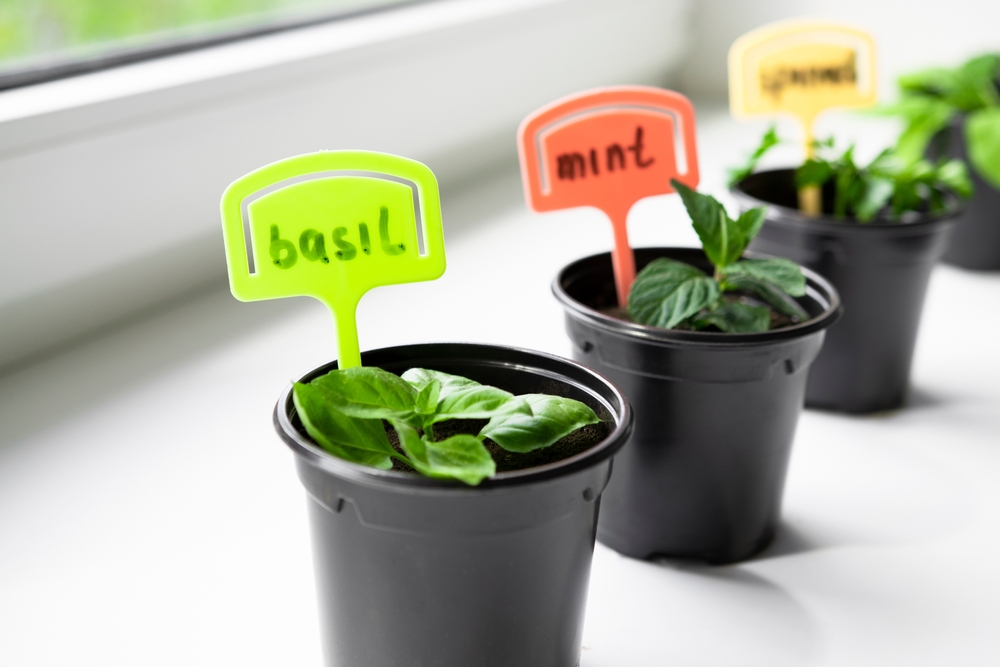
Regular Maintenance: Long-Term Pest Control
Spring cleaning is just the beginning of your pest control efforts. To maintain a pest-free home throughout the year, regular maintenance is crucial. Implement a routine cleaning schedule to ensure that surfaces, floors, and storage areas are consistently cleaned and free of crumbs or spills. Regularly inspect and repair any damage to screens, windows, and doors to keep pests out. Keep food stored in airtight containers and promptly dispose of garbage in tightly sealed bins. By maintaining a clean and organized home, you create an environment that is less attractive to pests and more conducive to pest prevention.
Professional Pest Control: When to Seek Help
While preventive measures and regular cleaning can go a long way in controlling pests, there may be instances where professional assistance is necessary. If you’re dealing with a persistent or severe infestation, it’s advisable to consult a reputable pest control company. Professionals have the expertise, tools, and resources to identify and treat pest problems effectively. They can develop a customized pest control plan tailored to your specific needs, ensuring the complete eradication of pests and minimizing the risk of future infestations.
Spring cleaning in the Pacific NW provides an excellent opportunity to address pest control and maintain a pest-free home. Additionally, maintaining outdoor areas, practicing regular maintenance, and seeking professional help when necessary can contribute to long-term pest control. By following this comprehensive spring cleaning guide, you can create a clean, organized, and pest-resistant home that you can enjoy throughout the year.
